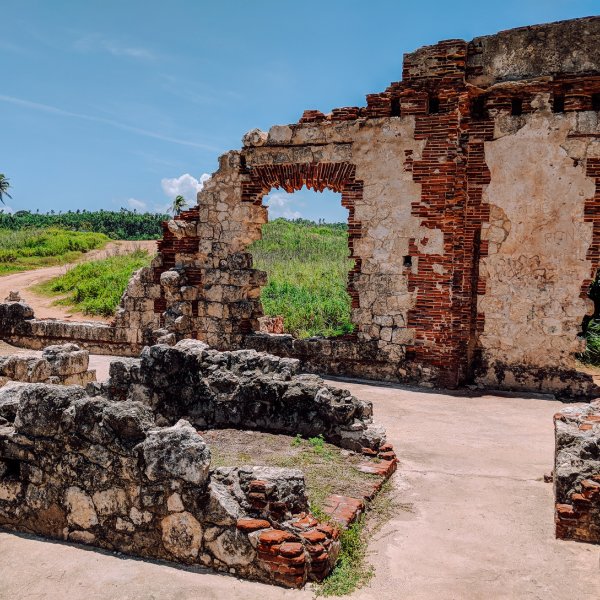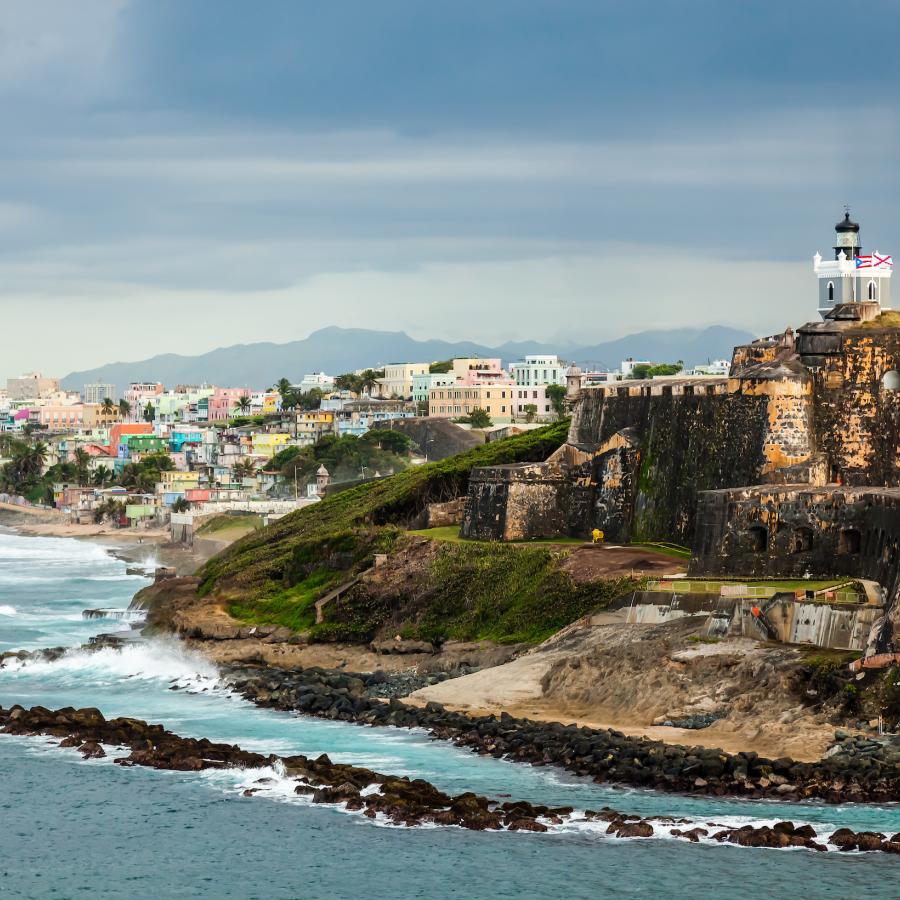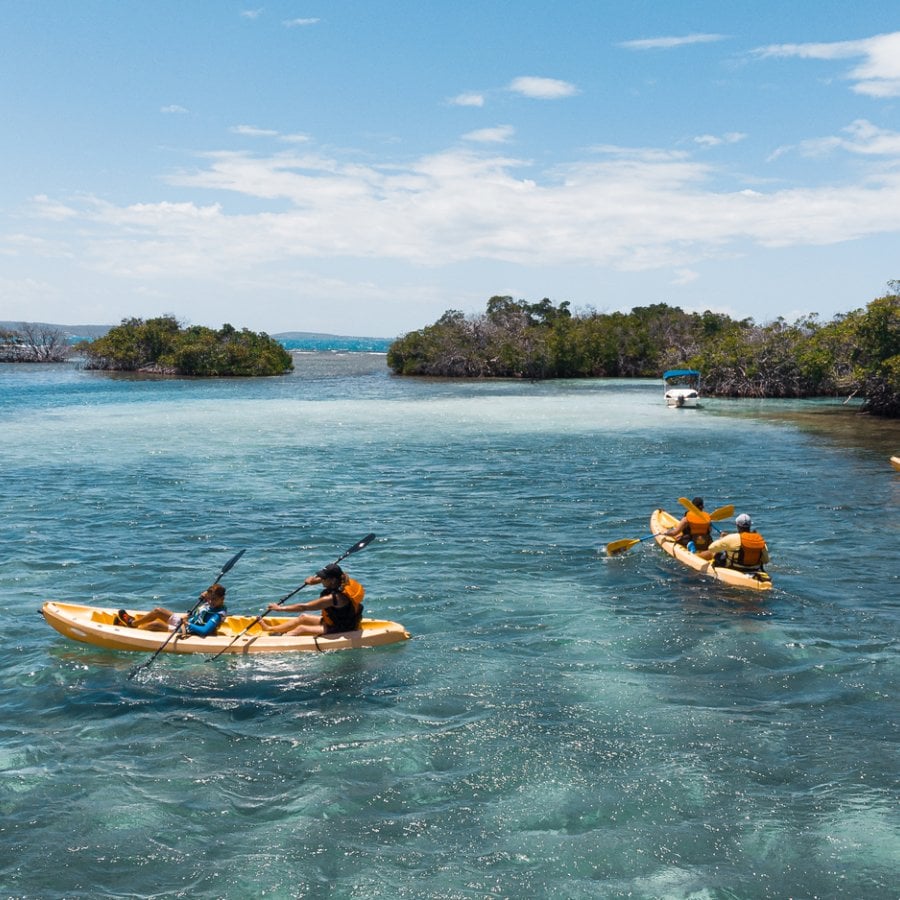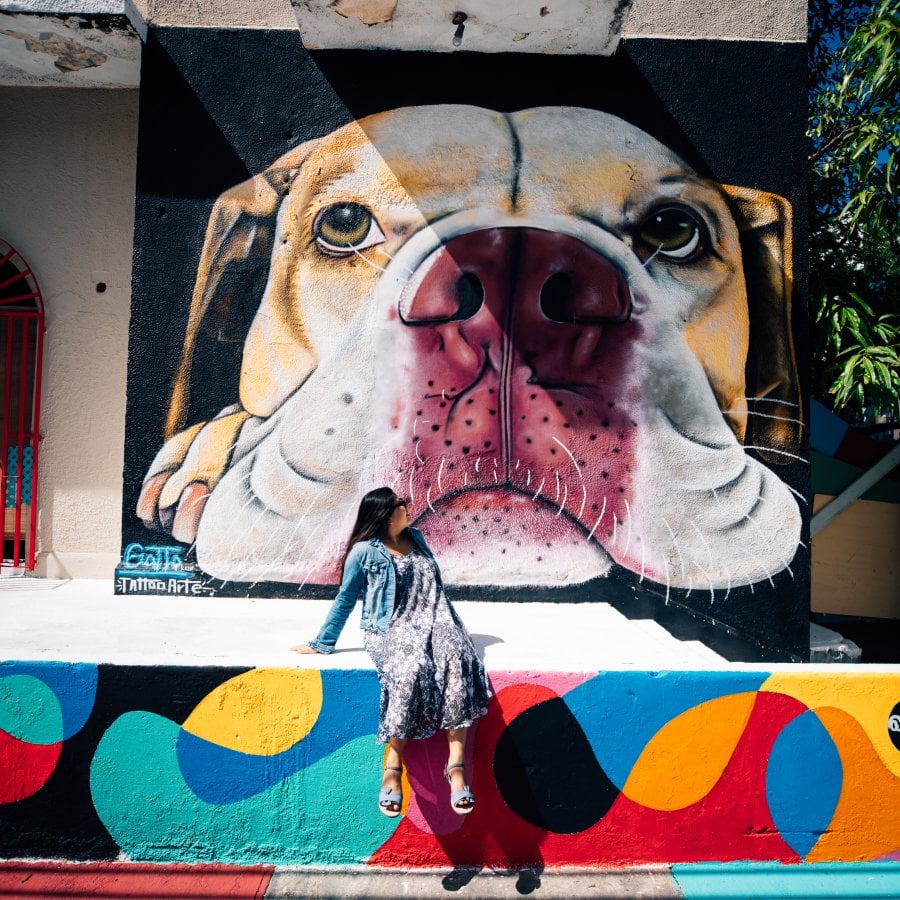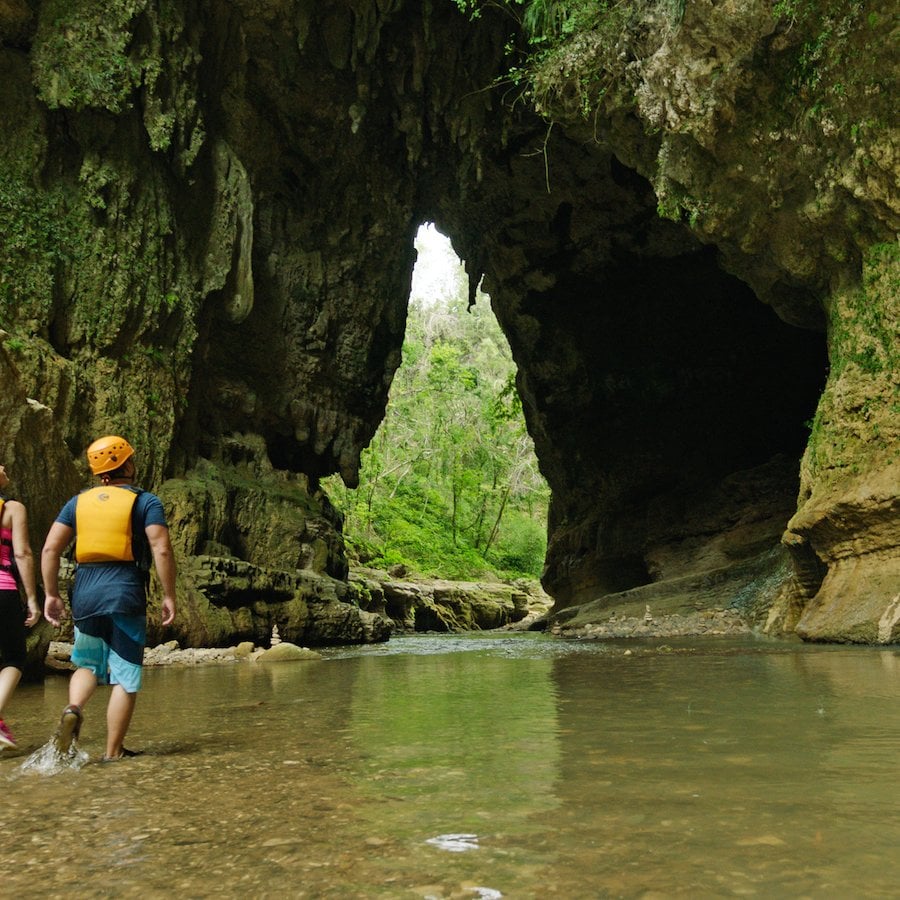Caves, trails, graves, and petroglyphs tell the story of the island’s cultural origins.
The Taíno people populated most of the Caribbean and some adjacent territories during the pre-Columbian era, long before the arrival of Spaniards and others to Puerto Rico.
The island’s indigenous people had a hierarchically structured kingdom, in which each yucayeque or village had a cacique (leader) who ruled and guided their clan. The naborias, or the working class; the nitaínos, the sub-chief; and the bohiques, who were the priests and medicine men, followed their leader and helped build and maintain the social structure.
As part of their religious beliefs, deities were very much present in nature. For example, Yocahú was their supreme creator. Traditions were preserved through ceremonial dances, or areytos, and oral storytelling that took place in the batey, which was the ceremonial plaza also used for sports. The population was highly skilled in hunting and agriculture and made their own utensils from wood or carved rocks, while clothing or hammocks were made of cotton.
After the new conquerors arrived on the Island in the late-15th century, the natives were enslaved and most of them died of diseases or exploitation. Despite all this, Taínos left a profound legacy on Puerto Rico’s culture and its people. Taínos called their home Borinquen, which, translated in English, means “land of the brave lord.” Today, Island locals proudly wear the title of Boricua, an homage to their Island ancestors and traditional culture.
The Taína Route
The Taína Route is an informative tour that highlights the role that this ethnic group had on Puerto Rico’s heritage. From north to south and going through the central mountain areas, the route offers a glimpse into the Taíno’s ceremonial centers, tombs, caves, and petroglyphs. Along the way, you’ll discover that the natives’ contribution to locals’ vocabulary, cuisine, and artwork is undeniable.
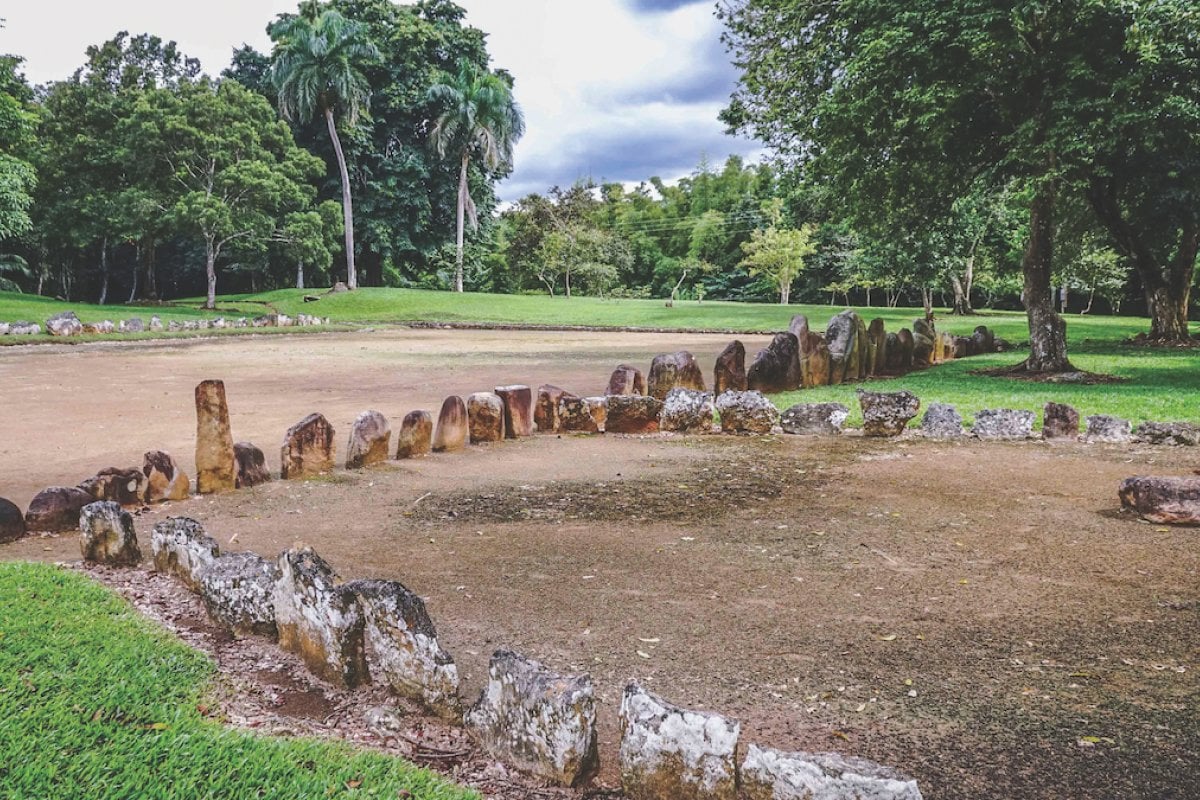
Parque Ceremonial Indígena de Caguana, an important Taíno ceremony site.
Plazas in Utuado y Ponce
Centro Ceremonial Indígena Caguana
Utuado
One of the most essential Taíno archaeological sites on the island and a true testament to the indigenous legacy is found in the Centro Ceremonial Indígena Caguana in Utuado, an hour and a half from San Juan in the island’s Central Mountain Range.
The bateyes, 10 plazas, 21 petroglyphs, stoneware and other utensils made by the Taínos can be seen during your visit. You can also explore the nearby river and natural reserve.
While in Utuado, make a stop to visit the indigenous cemetery Joya de Santana to look at the ancient inscriptions on the stones of the Jauca River, or the petroglyphs along the Río Grande de Arecibo, and check out the Cacique Don Alonso monument in the town’s public square.

A petroglyph at the Tibes Indigenous Ceremonial Center in Ponce.
Centro Ceremonial Indígena de Tibes
Ponce
Continue along the route to make a stop in Ponce, an hour and a half from San Juan on the southern coastal side of the island, at the Centro Ceremonial Indígena de Tibes, where even more details about life during the Igneri, pre-Taíno, and Taíno cultures are on display in two ceremonial plazas and seven ball fields. Burial sites, petroglyphs, and other articles such as cemíes (carved figures of Taíno divinities), necklaces, and blades made of stone are also part of the exhibit.
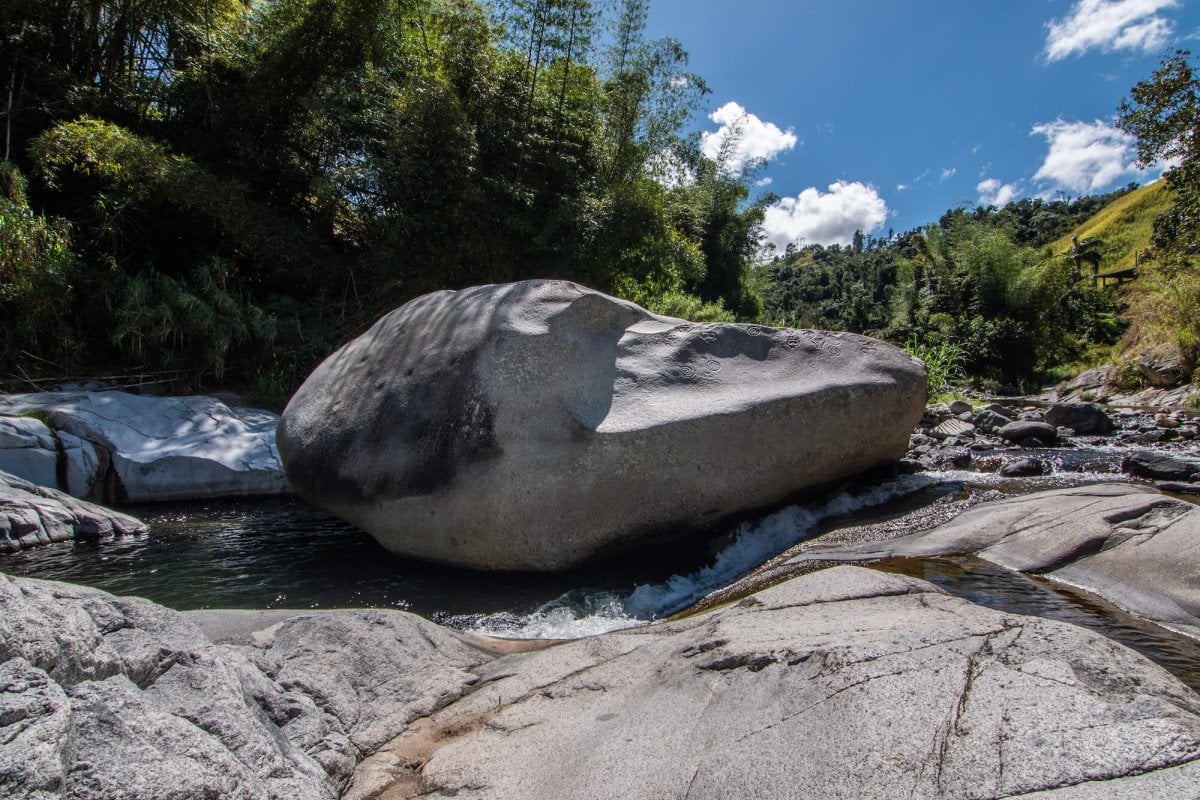
Piedra Escrita, in the middle of the Río Saliente, has some of the most incredible petroglyphs.
Jayuya’s Petroglyphs
Piedra Escrita
Route 144, Km. 7.3
In the middle of Río Saliente in Jayuya, almost two hours from San Juan in the mountainous region of the island, you can find one of the most admired petroglyphs in Puerto Rico. La Piedra Escrita is a large carved rock that contains many different types of shapes and forms, such as faces, spirals, and even a coquí. Visitors can swim and play in the water, as well as have direct contact with the rock. There is no fee and a recreational area near the river is open during the day year-round.

Caguana Indigenous Ceremonial Park in Utuado.
Sol de Jayuya
PR-144
Jayuya has many other Taíno gems that you shouldn’t miss during your visit. El Sol de Jayuya, which is part of the Mural Tallado de Zamas located in Cerro Puntas in the Zamas neighborhood, is one of the most ancient petroglyphs and represents religious signs or symbols such as the god of the sun.
While you’re in town, make a stop at the Museo del Cemí, a cemí-shaped structure located in the Coabey neighborhood where you can enjoy many prehistoric archaeological pieces as well as photographs. The entrance fee to the museum is $1 per person, and it is open from 9:00 a.m. to 4:00 p.m. all week.
Additional Tips
- Dress comfortably, you will be walking long distances and rocky paths.
- Set enough time apart. It will take you two to three days to explore the whole route.
- Bring your sunscreen and water. The sun in Puerto Rico is intense all-year-round, you’ll need to protect your skin and keep yourself hydrated.
- Bring your swimsuit and be ready to take a dip in the water. There are several opportunities for swimming along the way.
- Ask for help, if you need it. Many hotels have guided tour options available.
- Pack your best smile. You’ll meet many friendly locals along the way. Be ready for the adventure!
Comment Guidelines
We value your thoughts and want to foster a respectful and engaged community. As such, we ask that you adhere to the following guidelines when posting comments
- Please ensure your opinions are expressed respectfully.
- We won’t remove comments that engage in courteous debate but hate speech or any form of profanity will not be tolerated. This also applies to the inappropriate use of emojis or hashtags.
- Do not downvote or dislike a comment simply because you disagree with another person’s views.
- Self-promotion and external links are not allowed and will be removed.
- Avoid sharing private information about yourself or others. Doxing (the act of leaking personal information with harmful intent) is strictly prohibited and will result in a ban.
- Comments that are off-topic will be deleted.
Paradise for Your Inbox
Get travel inspiration, news, tips and more delivered monthly.

